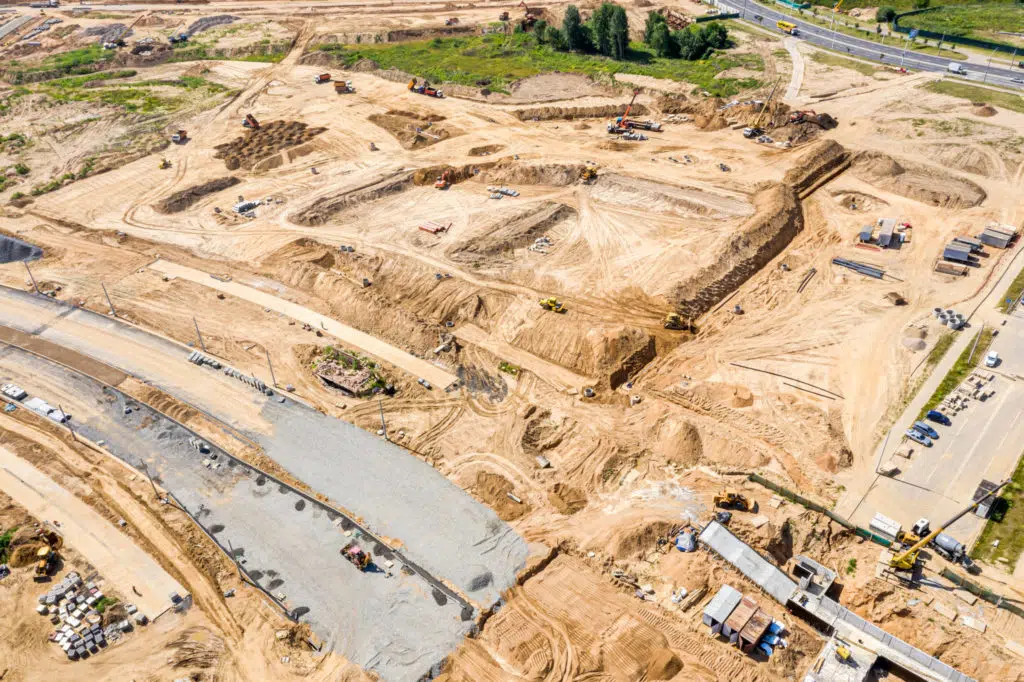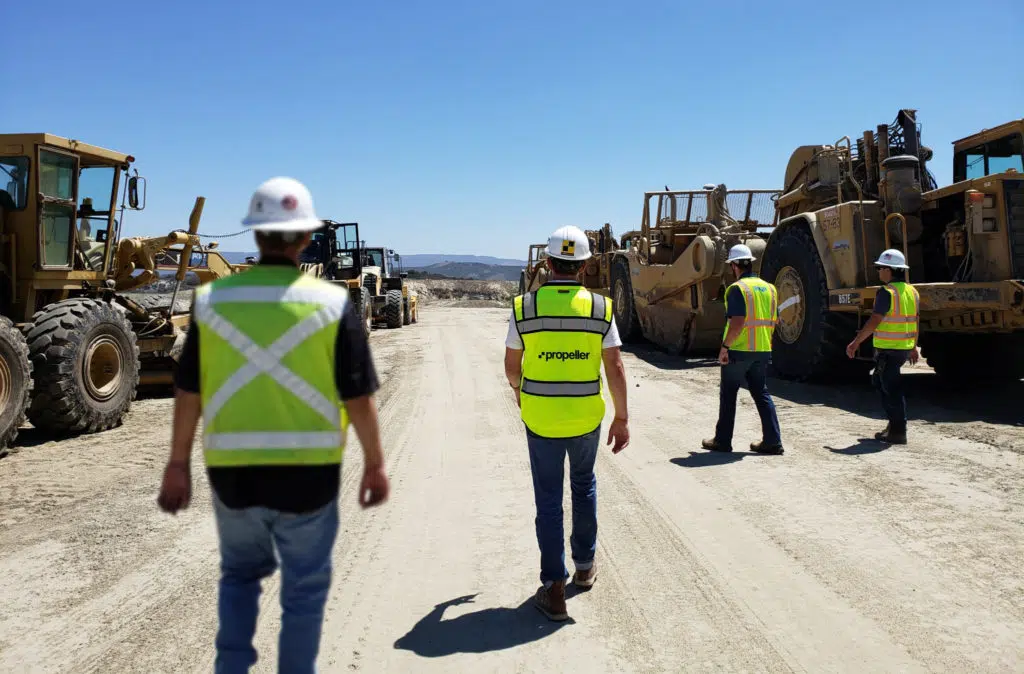Potential Impact of New U.S. Infrastructure Plans on American Construction Companies
It’s no secret that America’s infrastructure could use some love. From potholes to aging tunnels and bridges, the state of our nation’s transportation network is long overdue for an influx of funding and attention. Two significant infrastructure bills have found their way to the table this year with promises of significant funding for improvements, increased project opportunities for American construction companies, and much-needed job opportunities across the nation.

Surface Transportation Reauthorization Bill
Leaders from the U.S. Senate Environment and Public Works (EPW) Subcommittee on Transportation and Infrastructure unanimously passed a five-year surface transportation reauthorization bill, aptly called the Surface Transportation Reauthorization Act of 2021. This is a significant boost for American infrastructure, adding $303.5 billion toward highways, roads, and bridges.
“This legislation is an important first step in the critical work needed to upgrade our nation’s infrastructure in a way that creates jobs, combats climate change, and lifts up all Americans for a brighter future,” commented Senator Tom Carper, D-Del., the EPW committee chairman.
The prospect of added funding to these civil construction projects has piqued the attention of many construction professionals. In fact, when chatting with a current Propeller Aero customer, the survey manager commented, “more government funding means more opportunities to secure more business—and that’s always a good thing in my book.”
The survey manager went on to say, “As we take on more business, especially with groups like the Department of Transportation, it’s important that we have the right people and tools in place to show progress, faster and more efficiently than we have done in the past. For us, we have seen major improvements in our operations by adding a drone program that allows us to fly as much as we want and capture progress pictures of our site. It’s honestly just part of our normal operations now and I think that will make a massive difference in winning new projects in the future.”
The Surface Transportation Reauthorization legislation is not intended to compete with Biden’s infrastructure plan, but rather act as an important first step in the bigger infrastructure picture.
Biden’s Infrastructure Bill
President Biden’s infrastructure bill, coined the American Jobs Plan, carries a lofty $2 trillion price tag, with only a portion earmarked for roads, bridges, airports, and other transit systems.
Senate Majority Leader Chuck Schumer, D-N.Y. recently commented that, “Addressing infrastructure, climate, and environmental justice together, and creating millions of good paying jobs, is just the right combination to meet head on the challenges that America now faces. This will not only make clean energy and clean transportation affordable, it will create millions of new jobs with good wages, which always occurs when we invest in infrastructure and manufacturing.”
Obviously, with such a hefty, proposed investment, there has been some heartache on both sides of the political aisle to address how to pay for it and exactly how that money will be allocated. Official legislation for this bill has not been crafted yet, but discussions are well underway.
Amid discussions, Republican leaders have initiated negotiations for a compromise to the bill, proposing a lower total program cost of $928 billion. These funds would be reallocated from other purposes that leaders argue is currently going unused. Senator Roger Wicker, R-Miss added that, “We’re going to hit a figure very close to what the president said he would accept, and it will end up being the most substantial infrastructure bill ever enacted by the federal government.”
Although an official decision has yet to be made, both sides of the political aisle seem to be aligned on one important detail—America’s infrastructure is in need of funding, and soon.

Impact on American Construction Companies
Additional funding toward key infrastructure projects means greater opportunity for American construction companies—big and small. It also means an increase in job opportunities to help companies manage the increased workload.
More construction projects is both a blessing and a curse. The construction and earthworks industry is no stranger to a shortage of qualified labor. So the prospect of adding more projects to their book of business may have a flash of excitement, but it’s often followed by a pang of concern about how they will staff these projects. Not to worry, though! By implementing some new strategies and/or shining light on some of the great things you’re already doing as a company, you’ll naturally attract the right people.
Recruiting, training, and retaining qualified employees remains a top priority across all sizes of construction businesses. In today’s environment, construction leaders must do more than simply place an ad on a job board to attract new talent. Instead, consider taking a more holistic approach:
- Share more openly about the training development and career advancement opportunities available
- Leverage additional resources for outreach (e.g., LinkedIn, Facebook)
- Take a people-first approach to recruitment, demonstrating that you value your employees
Another recruitment tool that you may not have considered is highlighting the tools, equipment, and technology you use during the recruitment and interview process. One Propeller customer recently commented, “technology is a great recruitment tool. I can bring up the Propeller Platform on a screen during an interview process and it really helps to demonstrate that we are on the cutting edge and doing what we can to make the worksite better.”
Outside of talent acquisition, the new legislation is poised to bring larger, more complex projects to the forefront of the industry. It’s not just the construction giants who will benefit from this opportunity. With the amount of funding projected, there will be more than enough to go around to construction companies big and small. One thing is clear—the opportunity is on the horizon and the businesses that take heed now to prepare with improved operational efficiencies, project oversight controls, team management, and data-driven decision making will most certainly win in the long run.
Interested in launching a drone program on your worksite? Download our Beginner’s Guide to Drones for Construction to get started!

Keep reading:
Seven Road Design Tools to Lighten Your Load
Five Ways to Use Drones and Propeller for Road Construction Surveying
3 Reasons Why Now is the Time to Invest in UAVs for Surveying and Mapping




